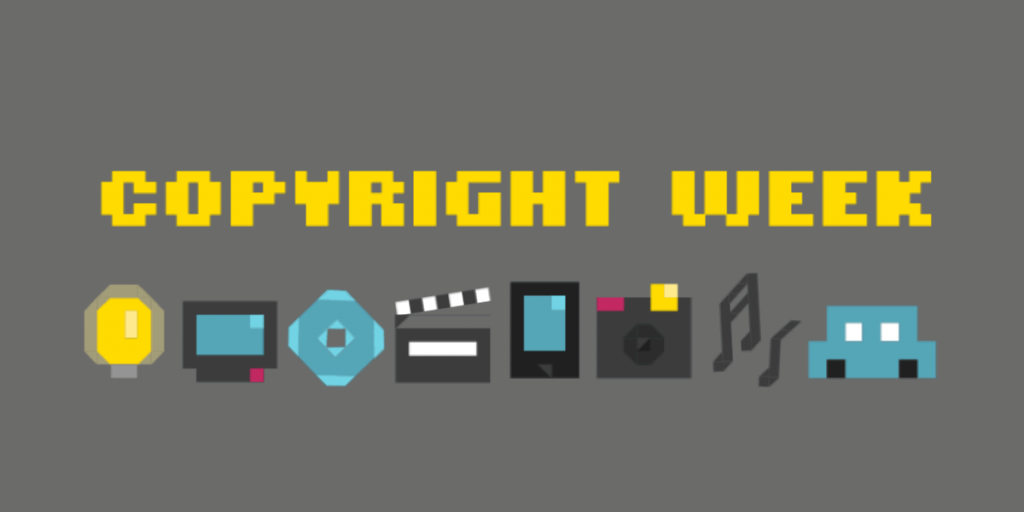The public domain and 5 things not covered by copyright
Copyright
We’re taking part in Copyright Week, a series of actions and discussions supporting key principles that should guide copyright policy. Every day this week, various groups are taking on different elements of the law, and addressing what’s at stake, and what we need to do to make sure that copyright promotes creativity and innovation.
Today’s topic for Copyright Week is “Building and Defending the Public Domain”. We know that the public domain is our cultural commons and a crucial resource for innovation and access to knowledge. Copyright policy should strive to promote, and not diminish, a robust, accessible public domain.
From a legal perspective, the public domain is the space where no intellectual property rights exist. This means that works in the public domain may be used without any restrictions whatsoever. Works enter into the public domain in different ways. First, works whose copyrights have expired are in the public domain. In the United States, the length of the term of copyright is life of the author plus an additional 70 years. So, really old works (at least those published before 1923) are in the public domain.
Second, works can enter the public domain if authors put them there before the copyright expires. The is made possible by using the CC0 Public Domain Dedication. This tool allows anyone to waive their copyright and place a work directly into the global public domain—prior to the expiration of copyright. An example of using the public domain dedication is the website Unsplash, which showcases incredible, free, “do whatever you want” high-resolution photography. All of the photographers there have dedicated their images to the public domain using CC0.
Third, some works are in the public domain because they were never subject to copyright protection in the first place! Even though it’s ridiculously easy to get a copyright (you literally have to do nothing but scribble something on a piece of paper or click the digital shutter button on your iPhone camera). But there are some types of works which don’t get copyright. What are some of these circumstances in which copyright does not apply?
- Non-fixed works. To receive copyright, a work must be “fixed in a tangible medium of expression”. If it’s not, it doesn’t get a copyright.
- Ideas. From U.S. copyright law: “In no case does copyright protection for an original work of authorship extend to any idea, procedure, process, system, method of operation, concept, principle, or discovery, regardless of the form in which it is described, explained, illustrated, or embodied in such work.”
- Facts. Works consisting entirely of information that is commonly known and containing no original authorship are not protected by copyright. This could include calendars, height and weight charts, tape measures and rulers, etc.
- U.S. Government Works. From U.S. copyright law: Copyright protection “is not available for any work of the United States Government.” This could include federal judicial decisions, statutes, speeches of federal government officials, press releases, census reports, etc.
- Lots of other things! There are many other things specifically not protected by copyright, including cooking recipes, fashion designs, titles and slogans, domain names, band names, genetic code, and “useful articles” that have a utilitarian function (like a lamp).
Tomorrow for Copyright Week: “You Bought It, You Own It, You Fix It”—Copyright law shouldn’t interfere with your freedom to truly own your stuff: to repair it, tinker with it, recycle it, use it on any device, lend it, and then give it away (or re-sell it) when you’re done.
Posted 16 January 2017